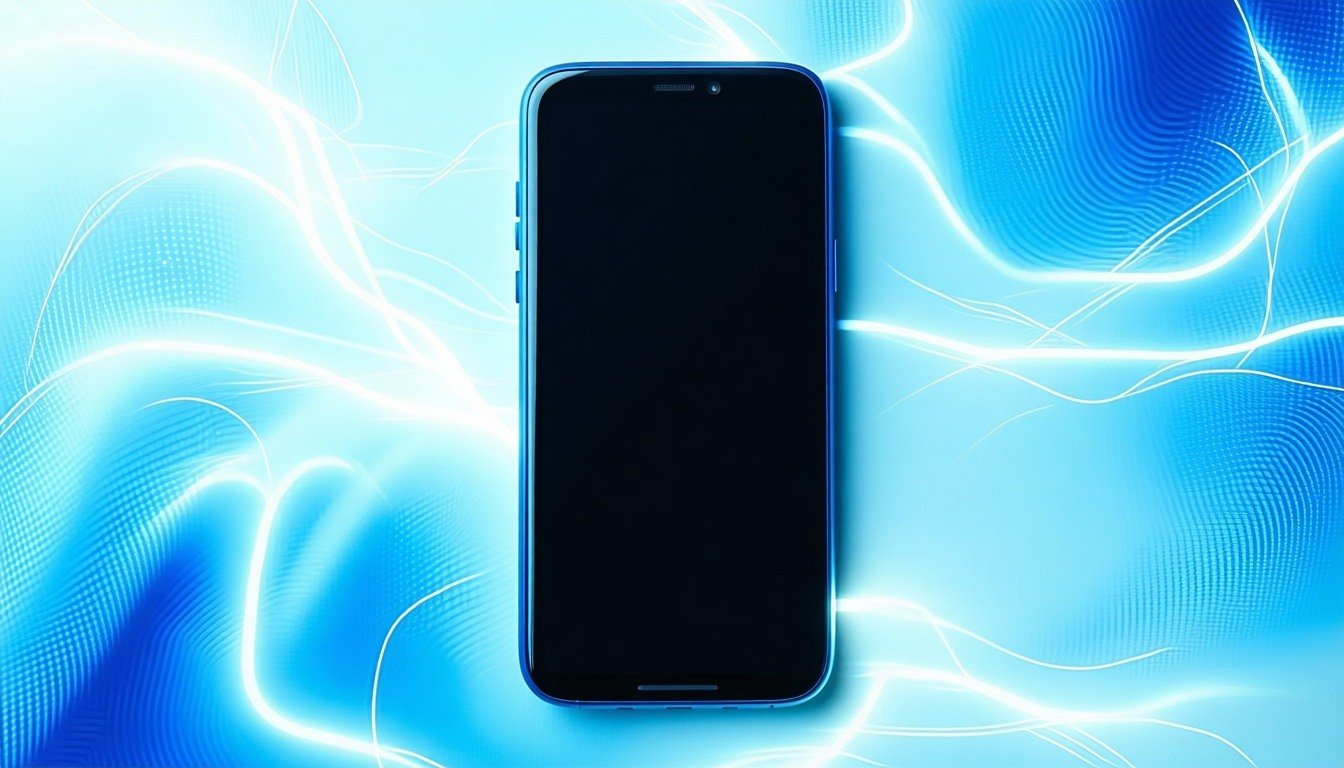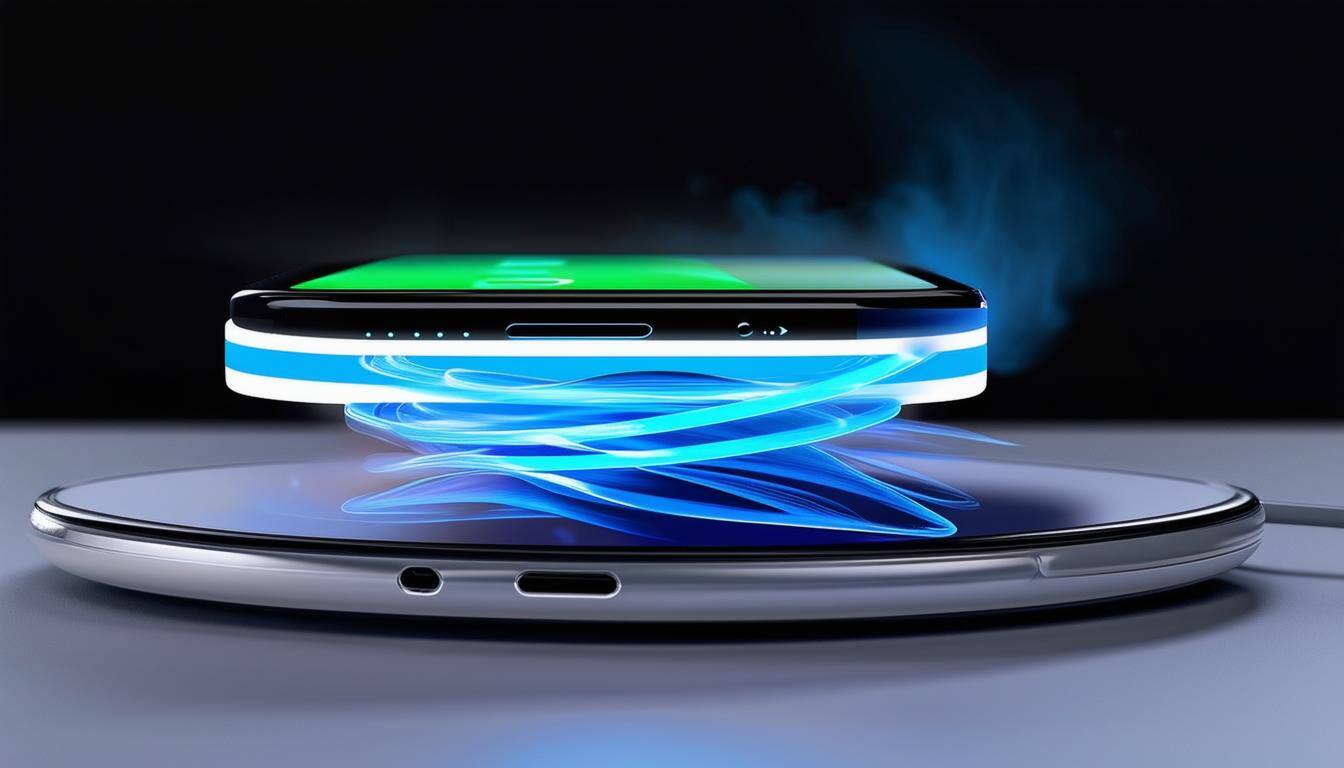Fetching the dual appeal of environmental and economic benefits, electric vehicles (EVs) are rapidly driving the automotive landscape into an electric future. According to the International Energy Agency, a total of 130 million electric vehicles will be operating on the roads by 20301. Concurrently, the market for wireless electric vehicle charging systems is expected to reach $825 million by 20272.
It should therefore come as no surprise that there’s momentous interest and support behind these revolutionary transportation methods, such as EV tax credits of up to $7,500 and $4,000 for new and used EVs3 respectively in the U.S. But can EVs truly attain mainstream adoption by circumventing limitations around energy efficiency and manufacturing emissions?
How far can EVs go without being charged?
Thus far, EVs have been powered via cumbersome cables linked to stationary charging stations. On average, EVs can cover between 110 to 300 miles on a single charge. Though this is more than sufficient for most commutes, this still puts EVs out of commission for anywhere between 30 minutes to 20 hours4 during the charging period; a significant obstacle to widespread adoption. Furthermore, installing enough charging stations to keep a city running is not something that every government or jurisdiction is able, or willing, to afford.
|
Charging
Station Level
|
Description
|
Installation Cost
|
|
Level 1
|
120-volt outlet.
Charges EVs fully in 20 hours.
|
$300 per station
|
|
Level 2
|
240-volt outlet.
Charges EVs fully in 4-6 hours.
|
$500 to $1,500 per station
|
|
Level 3
|
480-volt outlet.
Charges EVs fully in just 30 minutes.
|
$10,000 to $40,000 per station
|
Source: Energy5
Driving EVs even further with dynamic wireless charging
Present infrastructural levels within most cities aren’t sufficient enough to alleviate “range anxiety”5 among drivers and passengers. While it is technically possible for approximately 100 miles to be added within 35 minutes using 50kW rapid chargers6, engineers and urban planners are coming up with a more convenient solution that can potentially eliminate the need for detours altogether — dynamic, over-the-air wireless charging.
Piloted in 2022 on a 1.6km stretch of road on Gotland, Sweden, automotive engineers were able to successfully induce charging between copper coils embedded within asphalt roads and in-vehicle receivers. This concept has been taken further by city planners of Japan’s Kashiwa-no-ha Smart City Project7, who are currently observing the durability of road-embedded power transmission coils over long periods of time.
Most wireless charging systems consist of energy guzzling components like charging pads and transmitters that continuously draw power from the grid, even when not in use. To minimize energy waste when roads are empty, coils in the Smart City Project will be put on standby. Officials of Kashiwa city, Chiba prefecture aim to have automated shuttle buses running on in-road charging by 2030 if this test (which runs until March 2025) proves successful. Integrating power transmission into road infrastructure could also allow EVs to operate on lower battery capacity, making them lighter and potentially less manufacturing-intensive while also mitigating the need for fixed charging stations.
What type of wireless charging does EV use?
While wireless charging technology is often thought to be slower than its wired counterpart, recent developments in near-field systems that use highly coupled inductors have been shown to prevent energy loss through radiation, even bringing the efficiency of wireless inductive charging systems to one or two percentage points above direct current (DC) fast chargers8. Let’s take a closer look at wireless charging methods to understand how EVs are currently charged and may be charged in the future.
Inductive charging
Inductive charging is the method that is most commonly used for wireless EV charging. It relies on magnetic coils to transfer energy between transmitter and receiver. The alternating magnetic field created within the transmitter coil induces an alternating current within the receiver coil, with the amount of energy transmitted being proportional to the square of the distance between both coils. This method of charging was first popularized by the Nokia 920 in September 2012 as the first commercially available smartphone to feature wireless charging based on the Qi specification9.
Though there were health concerns over the ionizing effects of inductive charging, they were soon laid to rest by the Swiss Federal Office Of Energy which found the Specific Absorption Rate (SAR) of inductive charging products to be under allowable limits by a factor of 1,00010. What does remain a limitation, however, is inductive charging’s short effective distance of less than 10mm, as well as sensitivity to coil alignment.
Magnetic resonant
Building upon the principles of inductive technology, magnetic resonant charging creates oscillating magnetic fields of specific frequencies within transmitter coils. These magnetic field frequencies match those of the receiver coils, enabling power transfer over greater distances of around 32 to 50 mm while also freeing up coil alignment restrictions to enable charge transfer from one transmitter to multiple receivers11. To date, magnetic resonant charging has been successfully applied to tables and desktops while maintaining a safe SAR.
Radio frequency (RF)
Instead of magnetic fields, RF charging transmits power through electromagnetic waves that are effective at distances of up to 15 feet. This charging method gets its namesake from how its charge reception is performed, where an electronic receiver converts RF waves into direct current voltage. Of the different types of wireless charging, RF technology grants the most freedom in terms of size and shape, and also allows a single transmitter to power up several devices simultaneously.
While RF wireless charging methods are still not widely available, future developments could see RF technology being integrated into gaming controllers, smoke detectors, security cameras, medical devices, inventory scanners, as well as in-vehicle and in-office charging.
Types of EVs and their environmental impact
However, charging is not the only bumper for EVs to overcome. For all the claims of eco-friendliness, a mid-sized EV still produces 2-3 more tonnes of CO212 during the manufacturing process compared traditional automobiles13, with the bulk of these emissions coming from the manufacturing of rechargeable batteries.
That said, EVs are projected to breakeven in carbon emissions after being driven for around 15,000 to 20,000 miles thanks to its carbon-free propulsion system14, and with AI integration and renewables rapidly integrated into energy grids, this threshold can be expected to fall even lower.
There’s also concern that the introduction of new wireless charging standards could lead to a rise in e-waste. Already, the widely lauded Qi wireless charging standard is being used in over 600 types of devices15, including smartphones, shared public chargers, and in-vehicle chargers. To prevent land and water pollution commonly associated with batteries, researchers are exploring EV battery recycling processes. If production of new EV battery from recycled material proves successful, it could potentially reduce production emissions by up to 28%16.
To understand the full extent of EVs’ environmental impact and eco-friendly features, let’s take a closer look at how emissions are generated and prevented through these vehicles.
Battery electric vehicles (BEVs)
Also known as plug-in or pure EVs, BEVs rely on electric motors and run exclusively on battery power. This also means that BEVs produce zero emissions during the driving process. Furthermore, some BEVs come equipped with regenerative braking systems that convert kinetic energy generated from breaking back into electrical power that recharges the car.
Hybrid electric vehicles (HEVs)
Running on a combination of traditional fuel and battery power, HEVs tap into the power of conventional internal combustion engines (ICEs) and an electric motor. Unlike pure EVs, HEV batteries cannot be plugged in for charging. Instead, users can get more mileage out of petrol engines by relying on the same regenerative braking system to recharge the battery. So while HEVs do generate emissions, they are generally less environmentally destructive than traditional automobiles.
Plug-in hybrid electric vehicles (PHEVs)
PHEVs operate very similarly to HEVs, with the main difference being that PHEV batteries can be recharged via power outlets and public charging stations. What’s more PHEVs can drive greater distances by relying on battery power alone. The fuel tank will only be tapped on once battery power falls below a certain threshold. In other words, PHEVs operate like how you expect an EV would, with a fuel tank as a failsafe.
Hydrogen or fuel cell electric vehicles (FCEVs)
FCEVs are an emerging technology that is currently being studied in Australia. They rely on an electrochemical reaction between hydrogen and oxygen to power an electric motor. While not yet available for everyday use, FCEVs may prove to be a highly efficient form of clean transportation in the future. Like traditional automotives, FCEVs can be filled up with hydrogen gas within 5 minutes and provide a driving range of more than 300 miles17.
For all the press that it's received, it's important to realize that the EV industry is still developing, with many more components such as renewable energy on solar powered stations18 and AI assisted navigation from LiDAR sensors currently being fleshed out. However the EV industry pans out, it's clear that organizations and governments worldwide are already heavily invested in its progress. Here’s to hoping that EVs make car ownership cleaner, more convenient, and cost-effective.
Stay in the EV industry’s fast lane with reliable test automation
As a global leader in engineering test services and automated test solutions, our goal is to help manufacturers and OEMs realize the best EVs they can imagine on the world map. Check out our automotive related compliance testing services here, or reach out to us for all your testing, designing, and debugging needs.
References
- Energy5 Your Way. The Future of Electric Vehicle Charging: A Convenient Solution for Autonomous Vehicles.
- EV Charging Summit. Everything You Need to Know About Wireless EV Charging.
- Courtney Lindwall. Nov 17 2023. Electric vs. Gas Cars: IsIt Cheaper to Drive an EV? NRDC.
- Energy5 Your Way. 14 Nov 2023. The Cost of Electric Car Charging Stations: Are They Worth the Investment?
- U.S. Department of Energy. At a Glance: Electric Vehicles.
- Pod Point. 16 Nov 2023. How Long Does It Take to Charge an Electric Car?
- Dan Robinson. 17 Oct 2023. Japan cruises ahead with drive-thru EV charging trial. The Register.
- Florian Nägele and Shivika Sahdev. April 3 2023. Perspectives on wireless and automated charging for electric vehicles. McKinsey & Company.
- Lucas Mearian. Mar 18 2018. Wireless charging explained: What is it and how does it work? ComputerWorld.
- Electronics Devices & Networks Annex (EDNA). July 2019. Global Forecast of Energy Use for Wireless Charging.
- invisQi. Wireless Charging at a Distance - How Long Is Too Long?
- PTI. 23 Nov 2023. Wireless EV charging? Here’s how e-transport will look like in 10 years. The Economic Times.
- Russell Campbell. 17 Aug 2022. Car pollution facts: from production to disposal, what impact do our cars have on the planet? Auto Express.
- James Morris. 18 Jun 2022. We Need To Measure Total Lifecycle Emissions For Cars — But EVs Still Win. Forbes.
- Zens. Qi enabled phones with wireless charging-compatible devices.
- McKinsey & Company. 13 Mar 2023. Battery recycling takes the driver’s seat.
- U.S. Department of Energy. Alternative Fuels Data Center.
- Beth P. 15 Jan 2024. Wireless Charger for Car: Tesla Confirms Development of Groundbreaking Charging Technology. Energy Matters.



